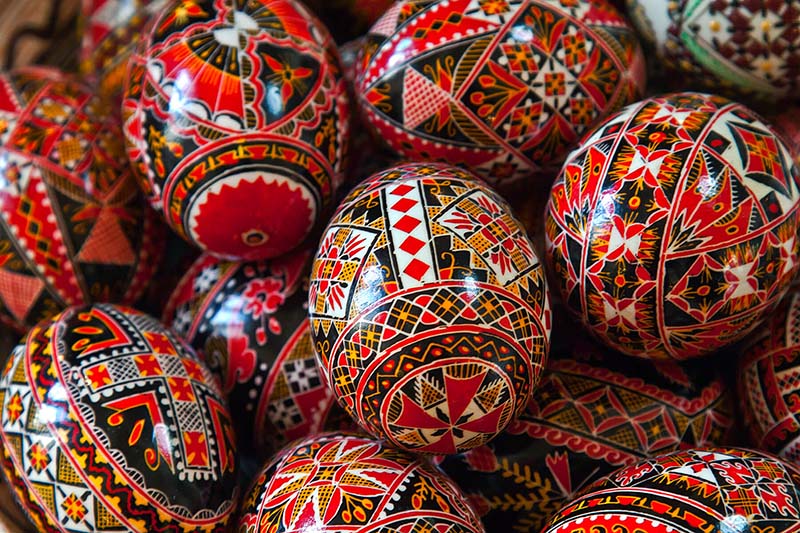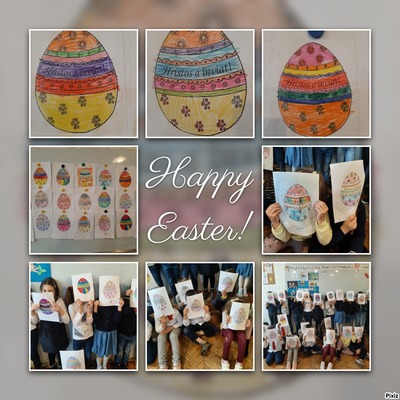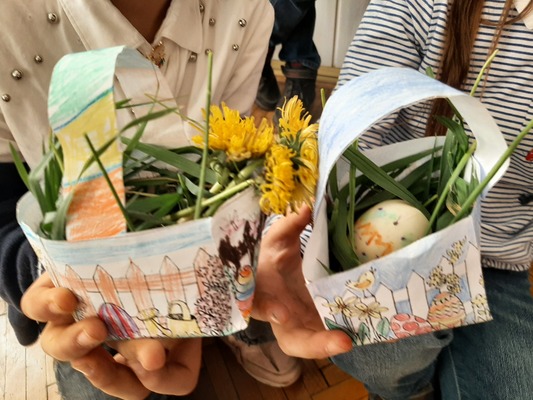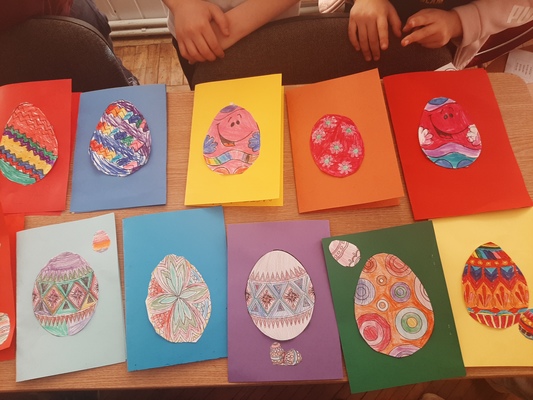Easter traditions
Easter is, together with Christmas, one of the most important public holidays in Romania. The Orthodox Easter celebrates the Resurrection of Jesus, and that makes it one of the most important and beautiful Christian customs. In 2022, the Easter Day in Romania is celebrated on April 24th. This national holiday helps families throughout the country get together for at least a couple of days, and it is filled with customs and traditions.
Egg dyeing is one of the most important Romanian Easter traditions. The painted eggs are always present on the table during the holiday, and kids can hardly wait to participate in the egg tapping competitions. The traditions say that people who knock painted eggs on the first day of Easter will see each other after death. The first person who taps the egg has to say “Christ has resurrected” (in Romanian, ‘Cristos a înviat’), while the second one goes “Indeed, he has resurrected” (in Romanian, ‘Adevarat a înviat’). The belief is that the person whose eggs are unbroken will enjoy the longest life. Usually, the Easter eggs are painted red and represent the blood shed by Jesus Christ at his crucifixion, but they can also be blue, yellow, or green.
But more specific to the Romanian tradition of dyeing eggs is decorating them with complicated traditional motifs, specific to each historic region of the country. The tradition is especially common in the region of Bucovina and you can find such eggs at traditional fairs and in monasteries.

Decorating an egg with traditional motifs

Red dyed eggs in Bucovina
Although the ornamental details vary from one region to another, all of the elements on the decorated eggs have meaning. Here's the interpretation for some of them:
- the vertical line means life
- the horizontal line means death
- the double line means eternity
- the line with rectangular symbols means knowledge
- the curved line means water
- the spiral means time, eternity
- the double spiral means the bond between life and death.



